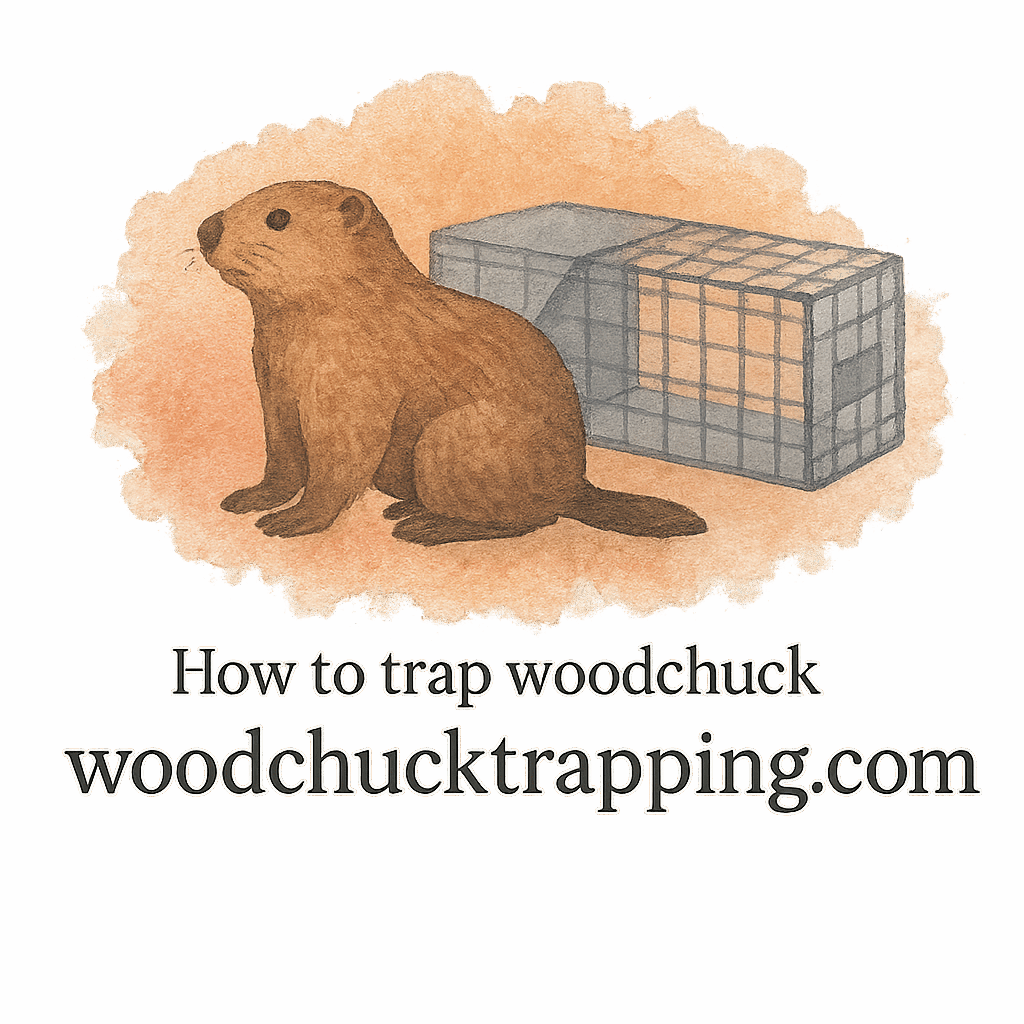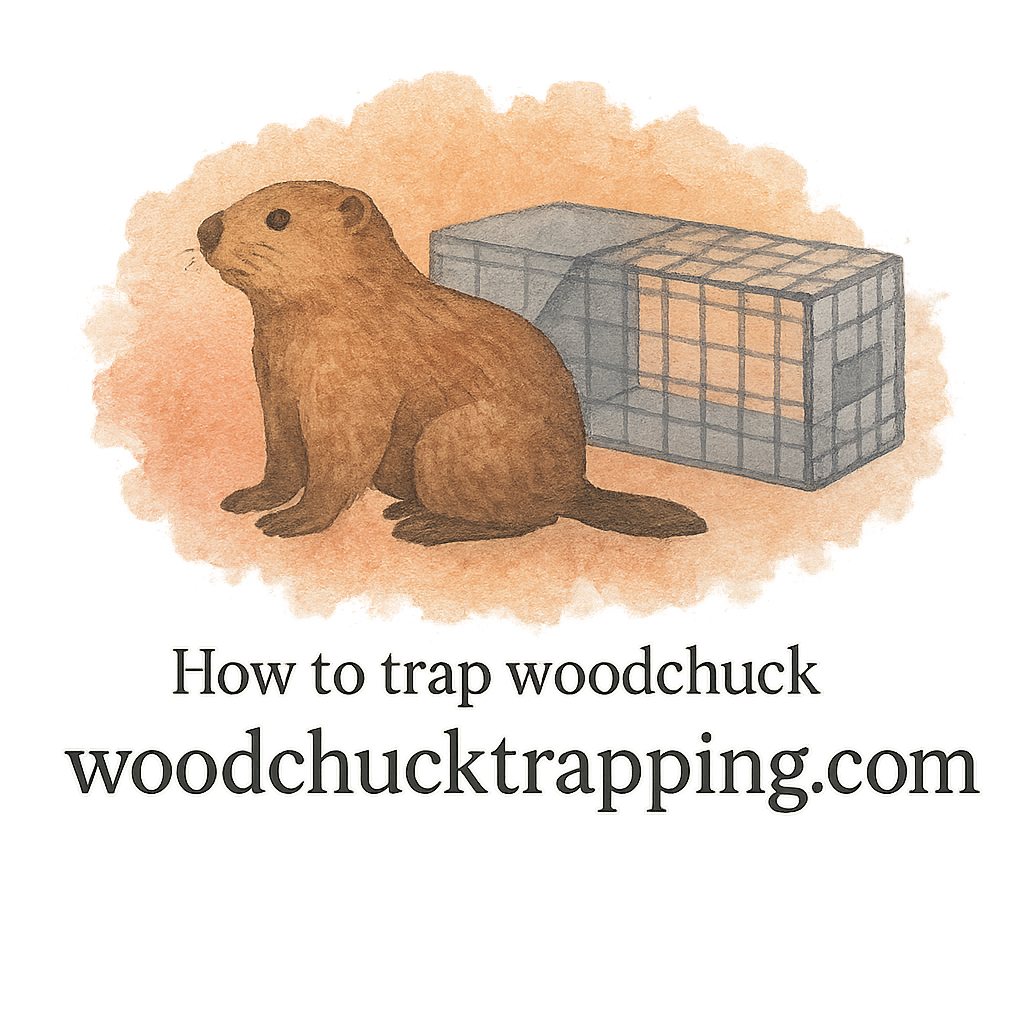Introduction
Got a sneaky woodchuck wreaking havoc in your garden? Don’t worry—you’re not alone! These little critters may look cute, but their appetite for destruction is next level. If you’re looking for the most effective way to trap one, choosing the right bait is half the battle. So, let’s dig into the 10 best foods to bait a woodchuck trap—tested, proven, and woodchuck-approved.
Why Proper Baiting Matters in Woodchuck Trapping
Think of bait like the “menu” at your favorite restaurant. If it doesn’t smell or look good, you’re walking away. Same goes for woodchucks. Using the right bait ensures they don’t just notice the trap—but walk right in. Choosing wisely can seriously boost your success rate.
Want to go deeper into baiting and luring techniques? Trust me, it’s worth the read.
Understanding Woodchuck Eating Habits
Woodchucks are herbivores with a soft spot for juicy, sweet, and fresh veggies and fruits. They’re most active during the warmer months and tend to hoard food near their burrows. So, think fresh produce over anything processed.
Choosing the Right Bait: Key Considerations
Freshness Counts
Woodchucks aren’t into stale snacks. Always go for fresh fruits and veggies. Think farmer’s market, not forgotten-fridge-drawer.
Seasonal Preferences
What’s available in your yard or garden can impact bait success. In spring and early summer, they love leafy greens. Late summer? Bring out the fruits.
Bait Placement Tips
- Place bait just inside the trap to draw them in.
- Use a trail of small bait pieces leading into the trap as a lure.
- Smear juice or fruit bits near the trap opening for extra appeal.
Top 10 Best Foods to Bait a Woodchuck Trap
1. Cantaloupe
This one’s the gold standard. Cantaloupe is sweet, aromatic, and irresistible to woodchucks. Cut it into chunks, and even smear some juice on the trap floor.
Bonus tip: Try combining it with lures for double the draw.
2. Lettuce
Fresh, crisp lettuce—especially Romaine or Butterhead—is a go-to. Don’t use wilted leaves; these guys are picky.
Explore more baiting techniques that professionals swear by.
3. Carrots
Classic and crunchy. Use with the tops still attached for best results. Their bright color also helps grab attention.

4. Apples
Slice them up and spread them out. Apples are especially effective in fall when other fruits aren’t around.
And hey, ever wondered about scent bait? Apples naturally release a strong one!
5. Sweet Corn
Corn is like candy to woodchucks. Use raw ears or kernels—just don’t cook it!
Want expert-reviewed gear? Check out the best equipment reviews for your trapping needs.
6. Strawberries
Juicy and fragrant. Woodchucks love them, especially when overripe.
Just remember to check for ants—they love them too!
7. Kale
Dense, leafy, and nutritious. Kale holds up better in traps, even on hot days. Sprinkle a few water droplets to keep it fresh longer.
8. Cucumbers
Cool, hydrating, and crunchy. Cucumbers work wonders, particularly in dry conditions.
Don’t forget to read up on trap gear essentials to match your bait with the right equipment.
9. Broccoli
A surprise hit. Try placing a few florets inside the trap and some outside to pique curiosity.
10. Clover
If you’ve got clover in your yard, you’re already halfway there. These natural snacks attract woodchucks like bees to honey.
Check out more info on woodchuck prevention to stop future visitors.
Baiting Vs. Luring: What’s the Difference?
Baiting brings them to the trap. Luring guides them into it.
Using both together? That’s your winning combo. You can enhance bait with trapping scent tools and lures for stronger attraction.
Common Mistakes to Avoid While Baiting
- Using spoiled bait: No thanks, say the woodchucks.
- Placing bait too far inside the trap: They might nibble and escape.
- Ignoring trap scent: Always handle bait with gloves.
Safety Measures While Handling Bait
Use Gloves Always
You never want your scent on the bait or trap. Woodchucks can smell better than a bloodhound on a hot trail.
Browse our full tag on gloves to get the right pair.
Avoid Leaving Human Scent
From baiting to trap-setting, minimize contact. Use tools, tongs, and gloves to reduce detection.
Want more on humane practices? Head to our humane trapping section.
Best Practices from Trapping Pros
Trappers often recommend rotating bait types weekly. This keeps the setup fresh and unpredictable. Also, match bait with compact traps in small yards for best effect.
Learn all the insider techniques in our advanced guides.
Legal & Ethical Baiting
Baiting rules differ by region. Visit our laws & safety page for the latest updates. Also, ethical trapping ensures minimal stress for the animal and safe release when required.
And yes, proper trapping helps prevent infestation and yard damage in the long run.
Conclusion
Choosing the best bait can make or break your woodchuck trapping success. Start with cantaloupe or lettuce, experiment with combos, and follow pro tips for placement. Most importantly, stay safe, humane, and consistent.
Explore our full guide to woodchuck trapping and start reclaiming your yard today!
FAQs
1. What is the absolute best bait for a woodchuck trap?
Cantaloupe tops the list. Its strong scent and sweetness are incredibly effective.
2. Can I use store-bought lures instead of food?
Yes! Pairing store-bought lures with natural food bait often delivers the best results.
3. How often should I replace bait in the trap?
Daily in warm weather. If it looks dry or smells off, toss it.
4. Is it legal to trap woodchucks in residential areas?
It varies. Always consult our laws and safety page before setting a trap.
5. What if the woodchuck takes the bait but doesn’t get caught?
Try moving the bait closer to the trap trigger. Use baiting and luring tricks to guide them better.
6. Do scents from humans affect bait effectiveness?
Absolutely. Always use gloves and scent-masking techniques.
7. Can I trap a woodchuck in a small backyard?
Yes! Just make sure to use minimal space traps and targeted techniques.


